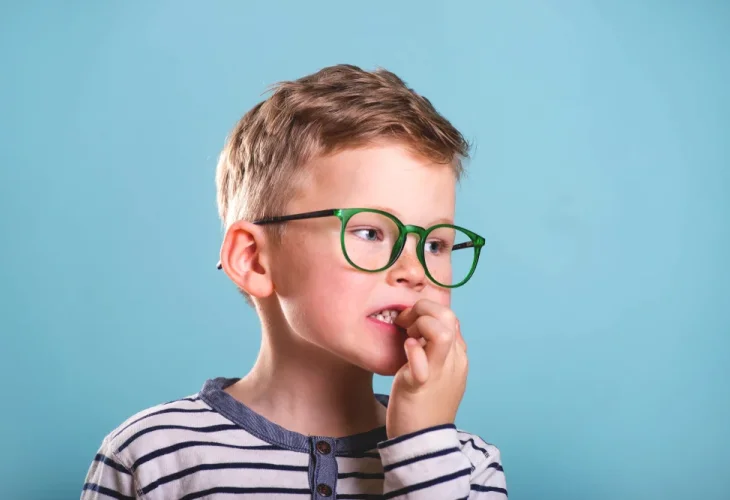Health and Nutrition
Nail Biting (Onychophagia): Causes, Risks, and Proven Ways to Stop
Discover why nail biting happens, how it affects your health and appearance, and the most effective treatments to break the habit for good.
 (Photo: shutterstock)
(Photo: shutterstock)Nail biting, also known as Onychophagia, is a common behavioral disorder involving the urge to bite and chew the nails. It’s considered one of the most widespread habits among both children and adults.
Studies show that about 20–30% of the general population experience it at some point in their lives. Among children and teens, the prevalence can reach up to 45%, while in adults, it drops to about 10–20%. The phenomenon affects both men and women with no significant gender difference.
What Causes Nail Biting?
- Stress and Anxiety: Emotional stress and tension are leading triggers. Many people find nail biting to be a coping mechanism for stress.
Boredom and Inactivity: Sometimes nail biting arises simply from boredom or the need for distraction.
Learned Behavior: Children may pick up the habit by imitating parents or older siblings.
Mental Health Disorders: People with OCD (Obsessive-Compulsive Disorder) may bite their nails as part of repetitive behaviors.
Genetics: Some studies suggest a genetic predisposition to nail biting, meaning it can run in families.
Health and Aesthetic Consequences
Chronic nail biting can lead to a range of physical and psychological effects:
Skin Damage: Repeated biting can cause wounds around the nails, leading to inflammation.
Nail Deformities: The habit can damage the structure of the nail, causing it to break, weaken, or grow abnormally.
Infections: Bacteria can enter the open wounds, leading to potentially serious infections, including bacterial or fungal ones.
Dental Issues: Nail biting can damage teeth and gums, cause enamel wear, and increase tooth sensitivity.
Social and Aesthetic Concerns: People may feel embarrassed or ashamed of the appearance of their hands, affecting self-esteem and social interactions.
Treatment and Coping Strategies
- Behavioral Therapy: Techniques such as Cognitive Behavioral Therapy (CBT) help identify triggers and replace the habit with healthier behaviors.
Therapeutic Manicures: Keeping nails clean and well-maintained can reduce the urge to bite. Bitter-tasting nail polish may also deter the habit.
Relaxation Techniques: Breathing exercises and stress reduction practices can ease the anxiety that often triggers nail biting.
Medication: In severe cases, medication may be prescribed to address anxiety or OCD symptoms.
Social Support: Encouragement and accountability from family and friends can help break the habit.
Nail biting is a widespread condition with both psychological and physical dimensions. While it can have unpleasant consequences, it is treatable with the right combination of support and strategies. Seeking professional help is recommended if the habit becomes disruptive to daily life.

